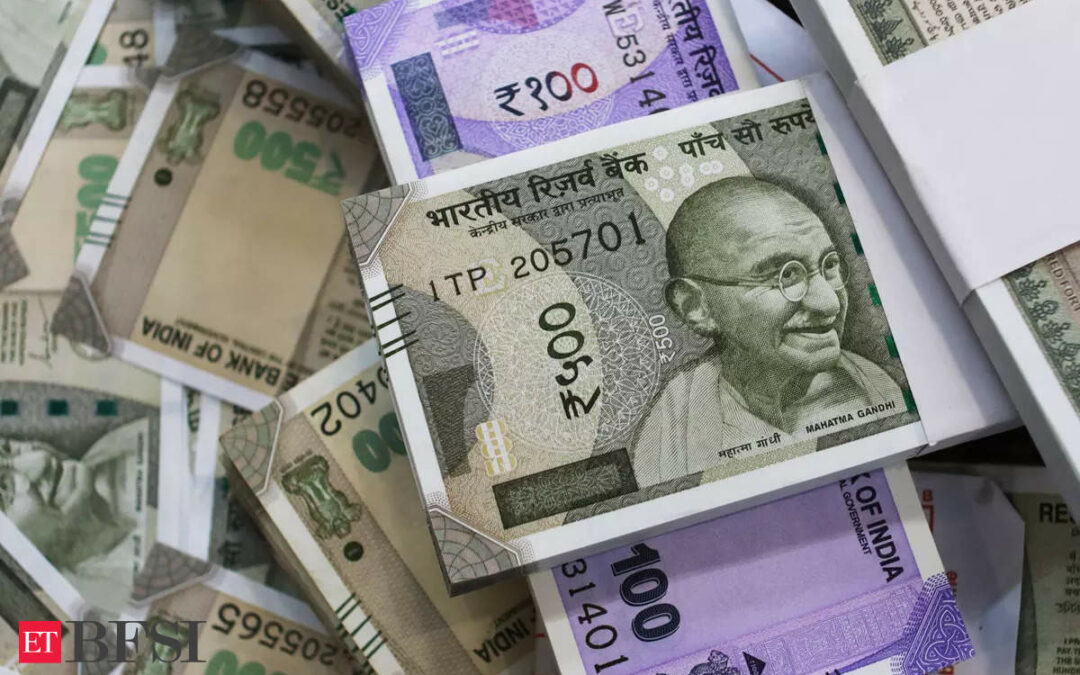Mumbai: The Reserve Bank of India may or may not ease its stance of withdrawing monetary accommodation on Thursday but borrowing costs in the economy have softened nonetheless as a build-up of surplus banking system liquidity has brought down rates on a host of debt instruments.
After remaining in surplus mode throughout July, excess cash with banks has built up more this month, rising to a two-year high of ₹2.86 lakh crore as on August 5, RBI data showed. Surplus liquidity conditions are measured on the basis of the quantum of funds absorbed by the RBI, or the amount of excess money that banks deploy with the central bank.
“The RBI has been tolerating a liquidity surplus for more than a month now and that sends out a signal in one sense. While the central bank has been taking some steps to mop up liquidity, it has not absorbed all the flows,” said Sakshi Gupta, principal economist, HDFC Bank. Gupta expects the RBI to announce a shift to a neutral stance in the central bank’s monetary policy statement on Thursday.
The quantum of absorption of funds by the RBI as on August 5 is the highest since July 5, 2022, when banks parked ₹3.23 lakh crore with the central bank, the data showed. In July, the daily average absorption of funds from banks by the RBI was at ₹1.03 lakh crore. So far in August, the average daily absorption has been at ₹2.62 lakh crore.
The build-up of surplus liquidity, which has largely been brought about by accelerated government spending and dollar purchases by RBI amid foreign inflows into government bonds, has caused yields on the Centre’s treasury bills to fall sharply. T-bills are benchmarks for various kinds of short-term debt products used by companies and banks to raise funds.
The weighted average call rate (WACR), which represents the overnight borrowing cost for banks and is the operating target of RBI’s monetary policy, was at 6.42% in July, eight basis points lower than the repo rate of 6.50%. In the first five working days of August, the WACR was at 6.20%. “CD (certificates of deposit) rates for banks and other short-term borrowing rates for non-bank entities have eased over the past month,” said economists from Goldman Sachs.
At Wednesday’s auction of government T-bills, cut-off yields on 91-day, 182-day and 364-day papers were set 14 basis points, 17 basis points and 22 basis points lower than the levels on July 3, reflecting the easing liquidity conditions.
Meanwhile, barring exceptions in a few tenures, rates on commercial papers (CPs) and CDs have broadly eased by 5-10 basis points from June 28 to August 6, debt capital market executives said.
“As of July 26, 2024, overall government cash surplus is tracking at ₹2.6 lakh crore v/s peak levels of ₹5.1 lakh crore as of May 24, 2024. The reduction in cash surplus reflects expenditure by central and state governments, which has supported build-up of interbank system liquidity,” said Gaura Sengupta, chief economist, IDFC First Bank.











